 Plant Nature Study II
Plant Nature Study II
Plant Nature Study II
Plant Nature Study II

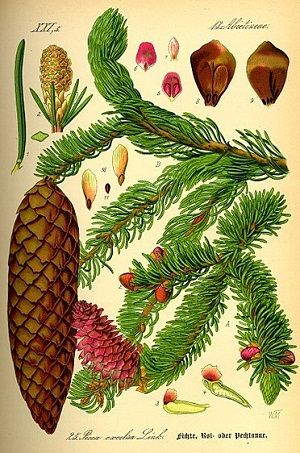
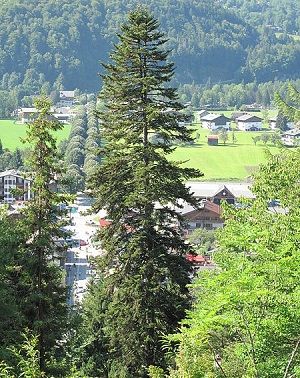
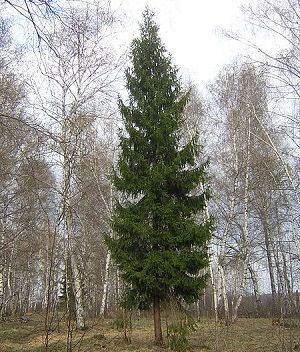
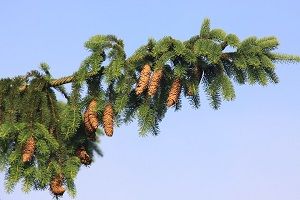
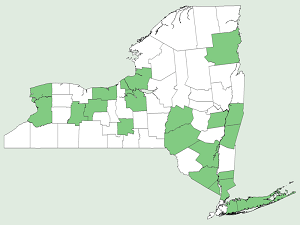
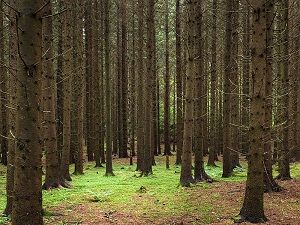
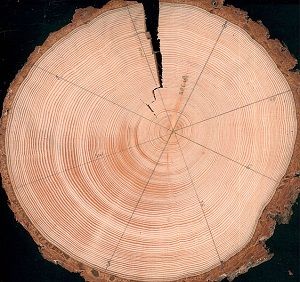
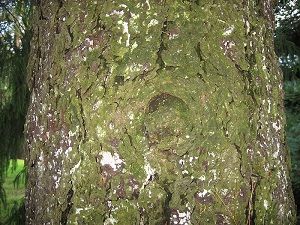
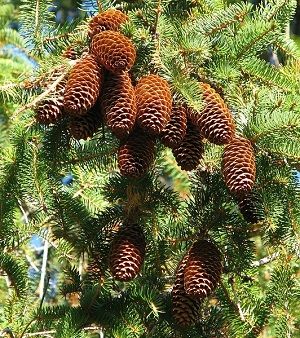
 Plant Nature Study II
Plant Nature Study II
Plant Nature Study II
Plant Nature Study II

Study the lesson for one week.
Over the week:
TREES AND GEOMETRIC FORMS
Trees incorporate polygon shapes, including pyramids, triangles, and quadrilaterals.


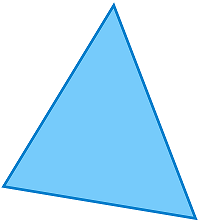
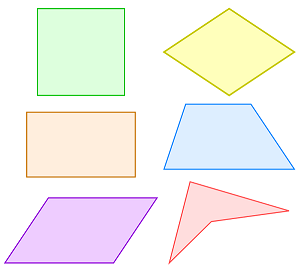
Trees also incorporate spirals and cones, however these are not polygons and they have curved edges.


Activity 1: Narrate the Lesson
Activity 2: Study the Lesson Pictures
Activity 3: Take a Nature Walk
Activity 4: Complete a Field Book Entry

After your nature walk, complete page 44 in 'Science Field Book for Fourth Grade.'